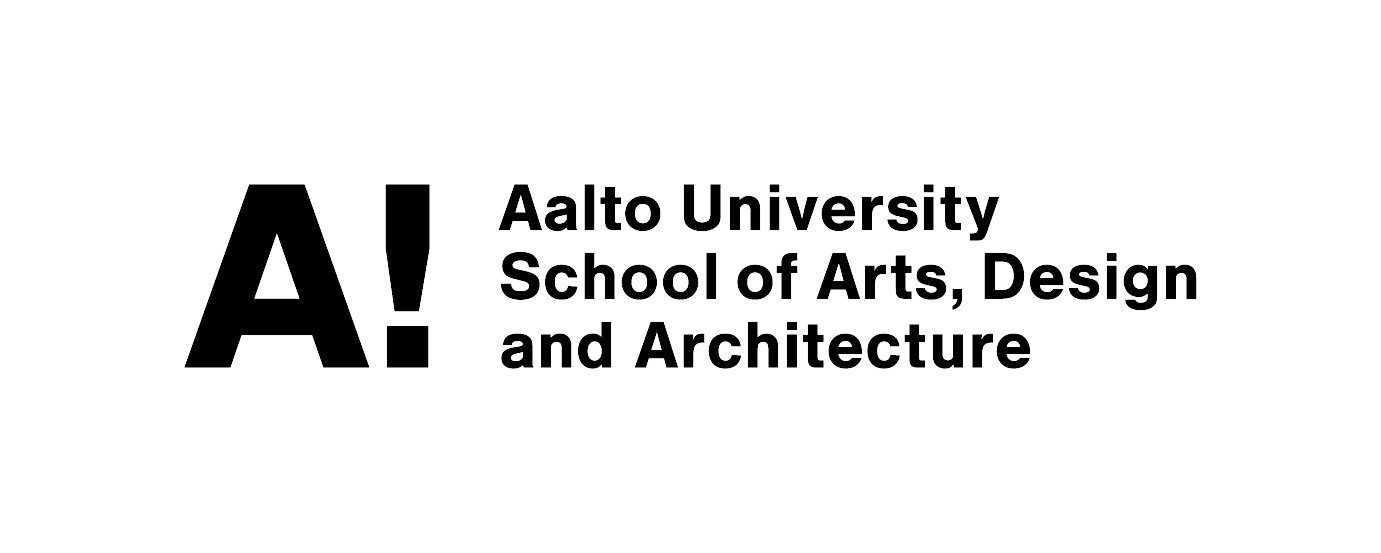Sonic Move- Creative and Expressive Sonification of Human Movement
Sonic Move is a EU (NextGenerationEU-funding) and Business Finland 7655/31/2022 co-research project in collaboration with VTT, the University of Eastern Finland, Aalto University, Taustamarkkinat BGMT Oy, and Genelec Oy.
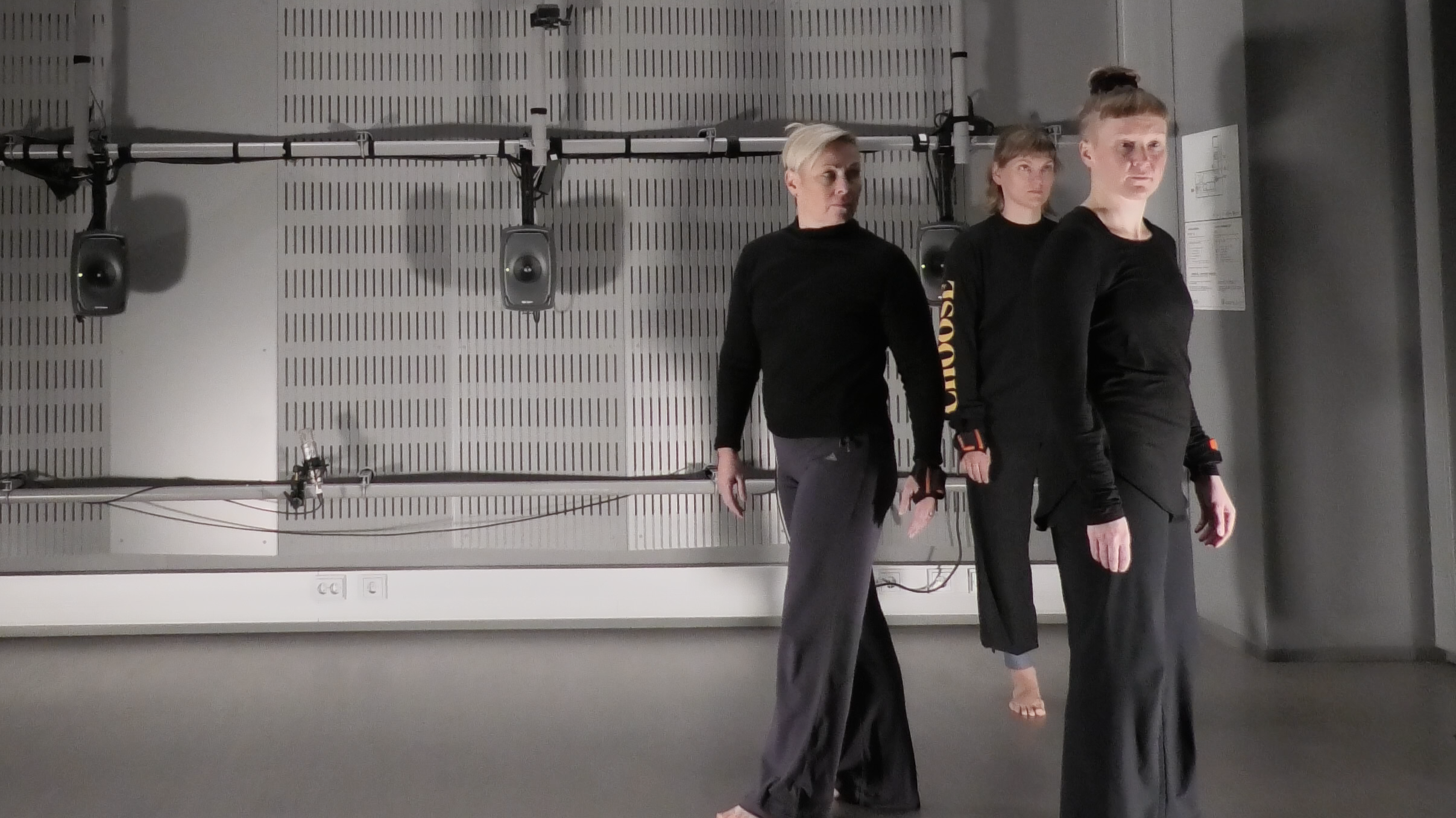
Hanna Pajala-Assefa, Aino Strandberg and Heidi Tiainen
2025 / October
Developing and integrating extended artistic design space in dance
In dance practices, body movement patterns are communicated in various choreographic forms for artistic expression, combined with sound and music cues. In this context, The sonification of dance movements is a dynamic area of study, focusing on modulating sound synthesis within the complex relationships between human movement, technology, and auditory domains.
Business Finland Co-Research Project
The SonicMove project aims to make significant advance in developing multimodal cues that effectively communicate information from the performer to performer as well as to audience. Sound cues coupled with body and hand movements, position and speed create novel ways to express movements. The project develops computational and interactive techniques that are more directly linked to supporting creative exploration of dance movements and seek to understand how these new techniques impact dance practices.
In Sonic Move project we introduce our method for constructing a parameter space for the sonification of dance movements, which includes correlations between different body parts, timepoints referenced to Mel-frequency cepstral coefficient (MFCC) feature extraction, and phase vocoder index points related to movement energy. Our approach facilitates a nuanced and dynamic interaction between dance movements and sound.
Excerpt compiled from the four SonicMove sessions, featuring Heidi Tiainen, Hanna Pajala-Assefa, and Aino Strandberg. Includes binaural audio. Recorded at Aalto University, Espoo, September 2025.
Creative Exploration of Parameter Space with 3 Dancers
In the process of finalising the SonicMove Toolkit, we had the opportunity to explore the practical applications of our sound synthesis techniques in collaboration with three invited professional dancers: Heidi Tiainen, Hanna Pajala-Assefa, and Aino Strandberg. The sessions were designed as artistic experiments, allowing us to observe how the system responded to the dancers’ movements across different temporal and spatial contexts.
During the collaborative sessions, the dancers engaged in a short performance composition that actively explored the parameter space of the toolkit—accessible through both the physical performance space and the embedded motion sensors.
The resulting interactions in the performance shows how subtle variations in bodily gestures and embodied relationships could shape the auditory outcome, leading to emergent musical textures that reflected the dynamics of the dancers’ physical movements. The following video materials document these rehearsal and performance sessions, presenting the evolving relationship between movement and sound, and demonstrating the expressive potential of the SonicMove Toolkit as both a creative technology and a research platform for embodied sonic performance.
Recording from the third of the four SonicMove sessions, featuring Heidi Tiainen, Hanna Pajala-Assefa, and Aino Strandberg. Includes binaural audio. Recorded at Aalto University, Espoo, September 2025.
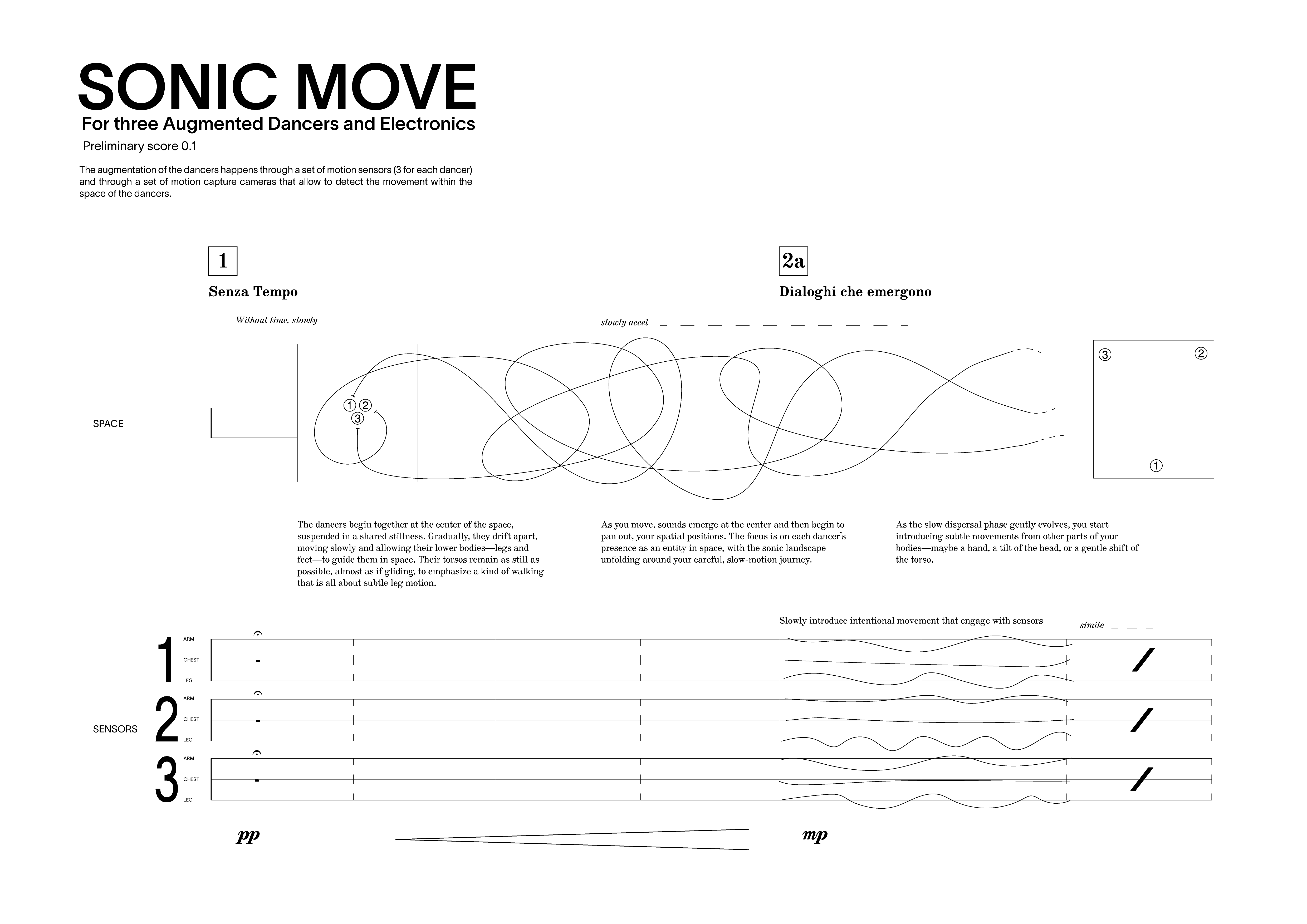
Score of the composition performed by Heidi Tiainen, Hanna Pajala-Assefa, and Aino Strandberg during the four SonicMove sessions. The score outlines the temporal structure and movement-sound interaction parameters explored in the performances..
Recording from the fourth and final SonicMove session, featuring Heidi Tiainen, Hanna Pajala-Assefa, and Aino Strandberg. This concluding session marked the final iteration of the performance and the exploration of the SonicMove Toolkit’s parameter space. Includes binaural audio. Recorded at Aalto University, Espoo, September 2025.
2024 / November
Sonic Organism
As part of last year’s experimentation, the Sonic Move project collaborated with Hanna Pajala-Assefa’s SONIC ORGANISM performance—a participatory, co-emergent interactive performance, which was performed in June 2024 at the Theatre Academy in Helsinki as part of Hanna Pajala-Assefa’s doctoral research on Digital Choreography at the University of the Arts Helsinki.
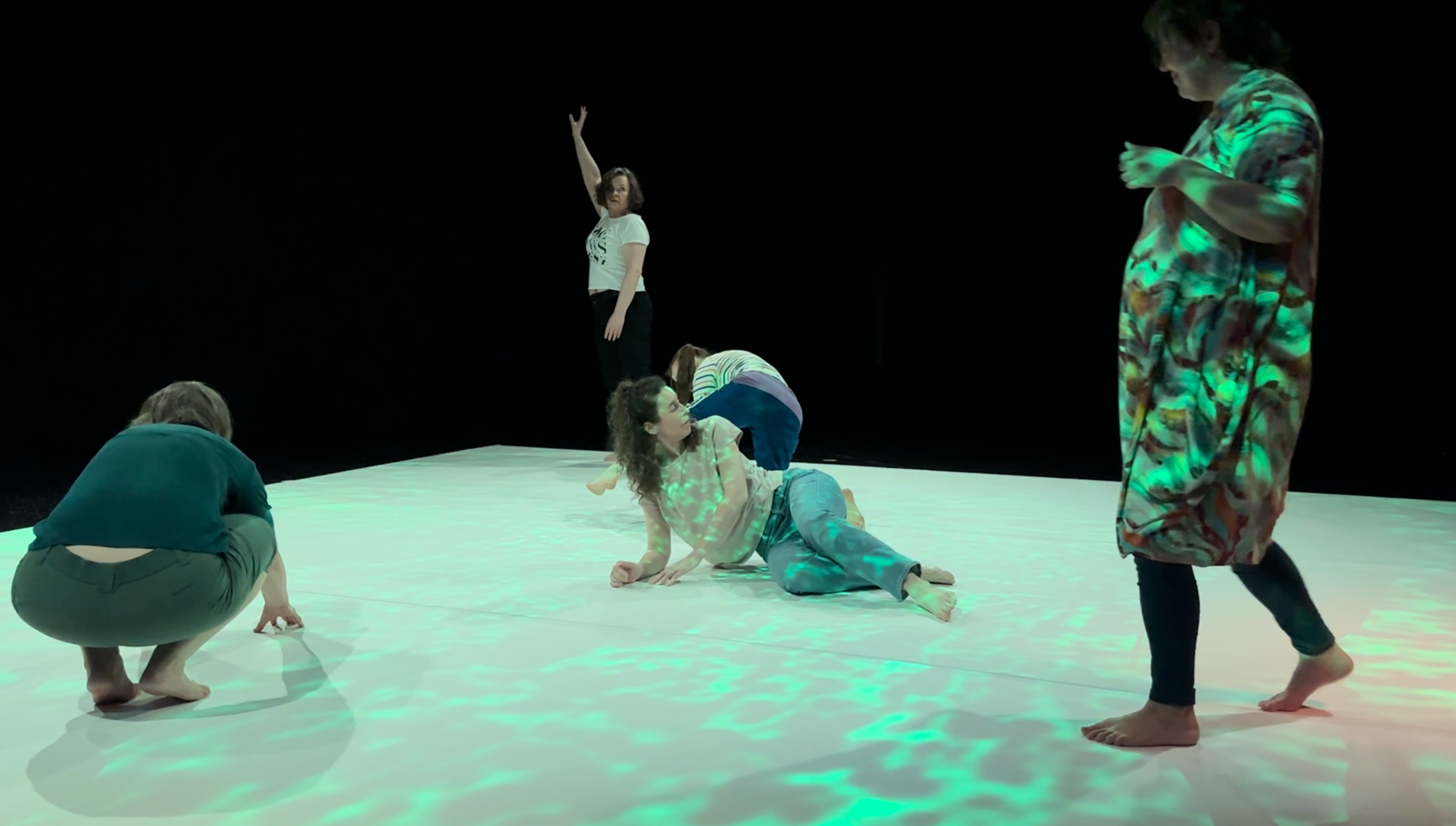
img ©Hanna Pajala-Assefa
2023 / November
Tanssiteatteri Minimin Biodatasonaatti
The autumn season of the Dance Theatre Minim is a study of the dancer and her bodily biography. The production is created in collaboration with the Sonic Move project. The choreographer of the work is Mikko Makkonen, the artistic director of the Dance Theatre Minim. Sonification as a method transforms the dancer's movement into sound. It enables the dance and choreography to be felt, heard and experienced audibly, which makes it possible for the dance and the stage to accompany themselves in the work. The performance is a collision of art and science, where dance is transformed into sound and interactive feedback, material and landscape.
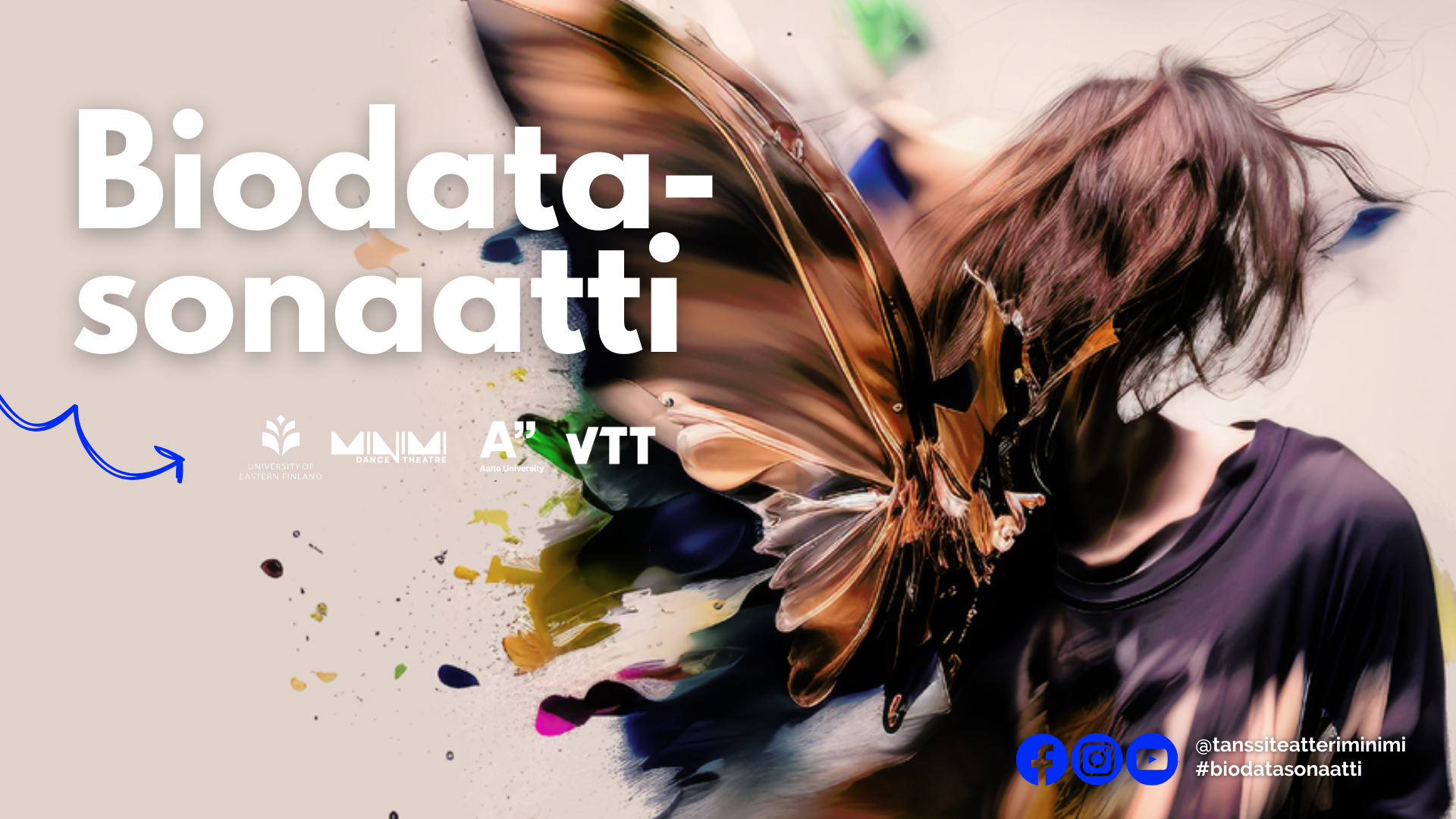
img ©Kim Saarinen
